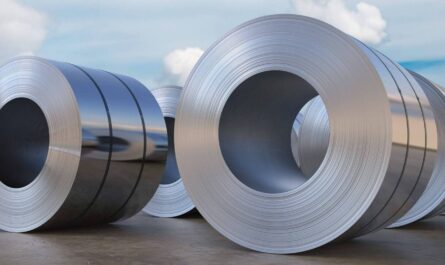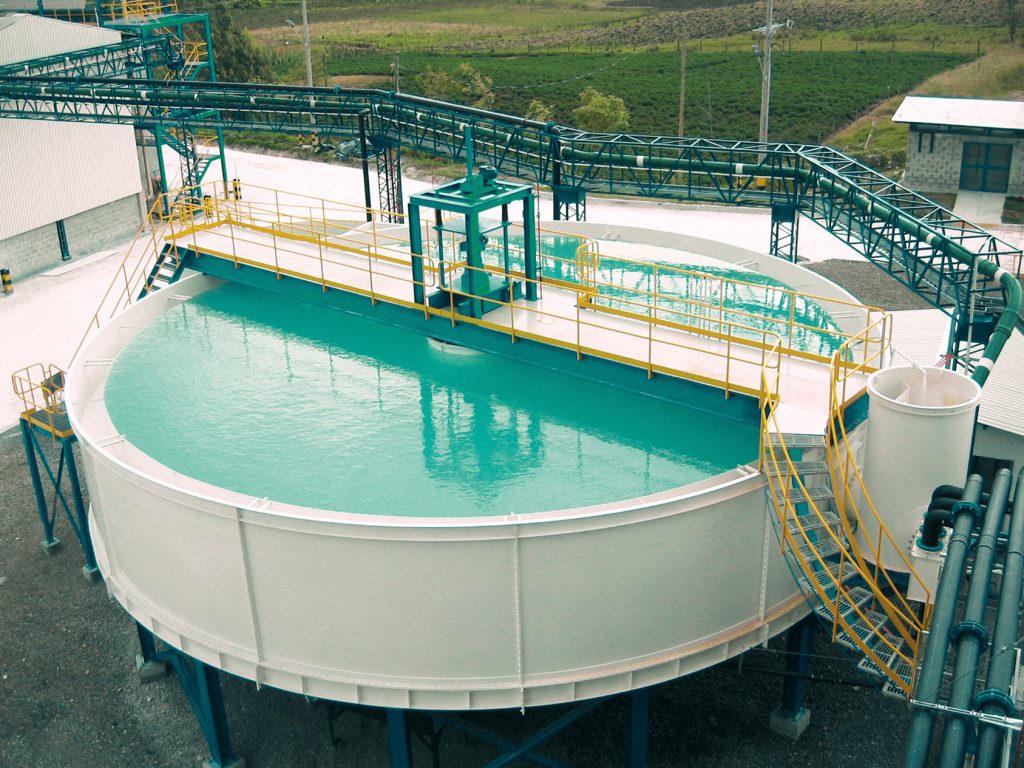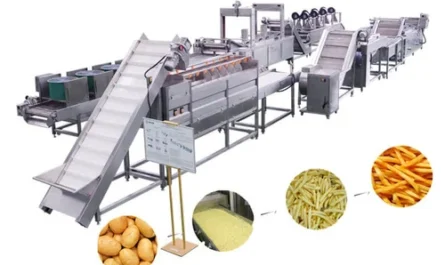The industrial drying process is a crucial step in many manufacturing operations across different industries. From food processing to chemical production to woodworking, drying removes moisture from materials efficiently and precisely. Industrial dryers have evolved tremendously over the years to meet the complex drying needs of modern manufacturing. In this article, we explore the various types of industrial dryers available today and how they are enabling efficient drying applications.
Convection Dryers
One of the most commonly used types of industrial dryers is convection dryers. In convection drying, hot air is circulated around the material to be dried using fans. The hot air removes moisture from the material through evaporation. Convection dryers offer advantages like simplicity of design, ability to handle varied load sizes and being energy efficient compared to other drying methods.
Some key varieties of convection dryers include infrastructure dryers, batch dryers, and continuous flow dryers. Infrared dryers use infrared radiant heat for faster drying of materials like paints, inks and coatings. Batch dryers like rotary dryers and shelf dryers dry materials in batches by continuously circulating heated air. Continuous flow dryers like tunnel dryers ensure a continuous flow of product through the dryer.
Conduction Dryers
Conduction Dryers rely on direct heat transfer from a heated surface to remove moisture from materials. The material is in direct contact with heating elements like plates, rolls or belts made of metals. Some examples include drum dryers, band dryers, infrared dryers and solid-state dryers.
Drum dryers are widely used in industries such as food processing and chemical production. Materials are fed onto a rotating heated drum where moisture evaporates. Band dryers use a continuous steel band or belt heated internally or externally. Infrared conduction dryers use infrared lamps to direct radiant heat onto materials. Solid-state dryers utilize solid heated plates for high heat transfer without moisture condensation.
Vacuum Dryers
Vacuum dryers remove moisture at lower temperatures than atmospheric dryers by reducing the surrounding pressure. This allows moisture to evaporate at a lower temperature, thus preserving heat-sensitive qualities in materials like foods. Vacuum dryers are often used in pharmaceuticals and food processing where temperatures need to be controlled carefully.
Flash dryers and spray dryers are common vacuum dryer varieties. Flash dryers rapidly evaporate moisture by exposing wet material to a vacuum environment through a nozzle or flash. Spray dryers atomize materials into a drying chamber with a hot air stream under vacuum for fast evaporation. Freeze dryers work under vacuum to freeze-dry heat-sensitive materials like foods or biological products.
Drying Processes
Continuous Drying
Materials like paper, textiles, lumber continuously pass through a heated system of rolls or chambers for steady drying. Belt dryers transport materials on conveyor belts through heated zones for continuous drying in processes like papermaking.
Batch Drying
Materials are dried in batches inside enclosed dryers like rotary dryers which revolve materials through heat. Batch dryers are useful for applications involving smaller loads or variable material sizes.
Fluidized Bed Drying
Finely divided particles are dried in a “fluidized” state by forcing heated air from below to make particles behave like fluid. Materials receive enhanced heat transfer in this turbulent pseudo-fluid state.
cabin Pressure Drying
Used mainly in wood drying, it involves reducing air pressure in a chamber to draw moisture rapidly out of wood through its pores using less energy than atmospheric drying.
Spray Drying
Liquids, slurries and solutions are rapidly dried into powder form by spraying into a counter-current drying chamber and collected. Widely used in pharmaceuticals and food processing.
Freeze Drying
Materials are first frozen and then placed under vacuum for sublimation of ice directly into water vapor without an intermediate liquid phase for retaining delicate structures.
Industrial Dryer Applications
Food Processing
Dryers are essential for drying foods, herbs, spices and agricultural products. Convection, vacuum and spray dryers are widely used to dehydrate foods while retaining nutrients and flavors.
Wood Drying
Lumber needs to be dried slowly and evenly to prevent cracking. Kilns using conduction, convection and cabin pressure drying methods precisely remove moisture from wood.
Textiles
Fabrics, yarns and fibers require careful moisture removal post treatments. Rotary drum dryers and continuous band dryers enable energy-efficient textile drying.
Pharmaceuticals
Thermally sensitive APIs and excipients are flash dried or freeze dried to retain structural integrity. Vacuum technology is used extensively for sensitive pharmaceutical intermediate and active drying.
Chemicals and Materials
Drying solvents, pigments, polymers and materials helps processing and impacts quality. Convection, conduction and spray drying suit various chemical and material drying applications.
Pulp and Paper
Papermaking relies on web dryers to steadily reduce pulp moisture. Tissue production needs precise moisture control afforded by Yankee dryers. Thermal drum dryers are also used.
Advancing Drying Efficiency
Technological developments are enhancing drying performance. Advanced controls optimize drying conditions. Heat recovery systems capture wasted energy. Models better predict drying behavior. Combined technologies like microwave-convection handle complex loads. Digitalization enables remote monitoring and predictive maintenance. Overall, industrial dryers continue advancing to drive greater sustainability across industries.
Industrial dryers are indispensable machinery that promote efficient manufacturing worldwide. Different drying principles suit diverse industrial needs, from food to chemicals to materials. Ongoing innovations ensure dryers remove moisture sustainably while meeting strict production requirements. As industries progress towards sustainability goals, advanced drying technologies will play a key supporting role.



